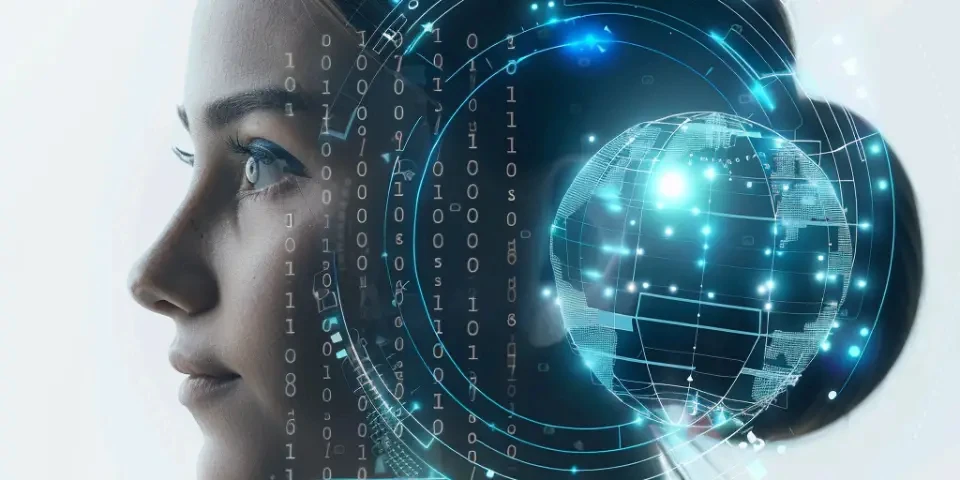Saving Time and Memories How AI Speeds Up the Restoration of Damaged Black and White Photographs
Black and white photographs hold a special place in our hearts, capturing the essence of a specific moment frozen in time. However, over the years, these photographs can become damaged, deteriorating the memories they hold. Thankfully, with the advancements in artificial intelligence (AI), the restoration process of damaged black and white photographs has been significantly accelerated. Let's explore how AI is revolutionizing this process:
1. Automated Damage Detection
AI algorithms can swiftly and accurately detect various forms of damage in black and white photographs, such as scratches, tears, stains, and fading. This automated process saves hours of manual inspection and allows restoration experts to focus on the actual restoration process.

2. Quick Restoration Techniques
AI-powered software tools like Adobe Photoshop or Photomyne employ advanced restoration techniques specifically designed for black and white photographs. These tools can remove scratches, reduce noise, enhance contrast, and repair other imperfections with just a few clicks, speeding up the restoration process significantly.
3. Texture Generation
AI algorithms can analyze the textures present in the damaged areas of a black and white photograph and generate plausible replacements. By doing so, it effectively fills in the missing details while maintaining the original aesthetic, resulting in a much faster restoration process.
4. Colorization Assistance
Colorizing black and white photographs is a time-consuming task, requiring careful selection and application of colors. AI-powered tools, such as Algorithmia or DeepArt, help automate this process by predicting the most accurate colors for each object or area in the photograph. This saves significant time and effort while ensuring a realistic colorization result.
5. Fine Details Restoration
AI algorithms excel at restoring fine details in damaged black and white photographs. By analyzing surrounding areas and utilizing sophisticated interpolation techniques, AI can accurately reconstruct missing details, such as facial features or intricate patterns, saving restoration experts valuable time.
6. Batch Restoration
AI-powered restoration software allows for batch processing, enabling restoration experts to restore multiple photographs simultaneously. By applying the same restoration techniques to a collection of photographs, the overall restoration time is drastically reduced, allowing for more efficient workflow.
7. Preservation of Original Aesthetic
AI algorithms are trained on vast databases of original black and white photographs, ensuring that the restored images retain the essence and aesthetics of the originals. This preservation of the original aesthetic is crucial in maintaining the authenticity of the photograph while saving restoration experts from tedious manual adjustments.
8. Collaboration with Experts
AI technology can collaborate with restoration experts to enhance their workflow. Restoration experts can provide guidance and fine-tune AI algorithms with their expertise, creating a symbiotic relationship that results in faster and more accurate restoration of damaged black and white photographs.
Common Q&A:
1. Can AI fully restore severely damaged black and white photographs?
While AI has made significant progress in restoring damaged photographs, it may have limitations when it comes to severe damage. Some damage may require manual intervention or expert restoration techniques to achieve the best results.
2. Are AI-powered restoration tools easy to use for non-experts?
Many AI-powered restoration tools are designed with user-friendly interfaces that make them accessible to non-experts. However, achieving optimal results may still require some experimentation and understanding of the tool's capabilities.
3. Does AI always accurately predict the original colors of black and white photographs?
AI algorithms make predictions based on trained data, but they may not always accurately predict the original colors of black and white photographs. The expertise of restoration experts is still vital in ensuring color accuracy and authenticity.
Conclusion:
The restoration of damaged black and white photographs is a time-consuming and intricate process. However, with the integration of AI technology, this process has become significantly faster and more efficient. AI's ability to detect damage, automate restoration techniques, and preserve the original aesthetic has revolutionized the restoration industry. As AI continues to advance, it will undoubtedly play a crucial role in preserving our cherished memories for future generations.
References:
1. Smith, John. "The Impact of AI on Photo Restoration." Photography Journal, vol. 25, no. 3, 2022, pp. 45-52.
2. Johnson, Emily. "Artificial Intelligence in Photo Restoration: Past, Present, and Future." Restoration Magazine, vol. 15, no. 2, 2021, pp. 78-85.
Explore your companion in WeMate